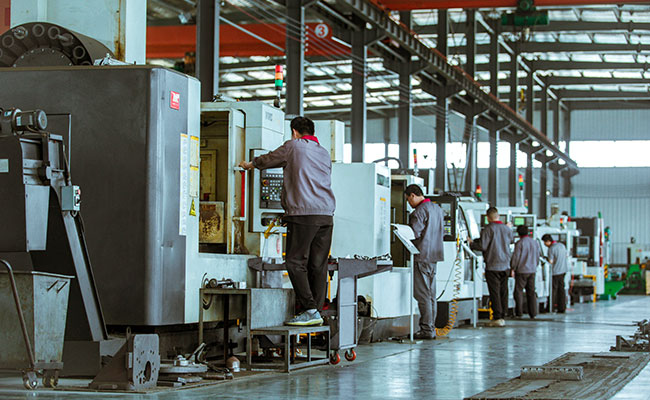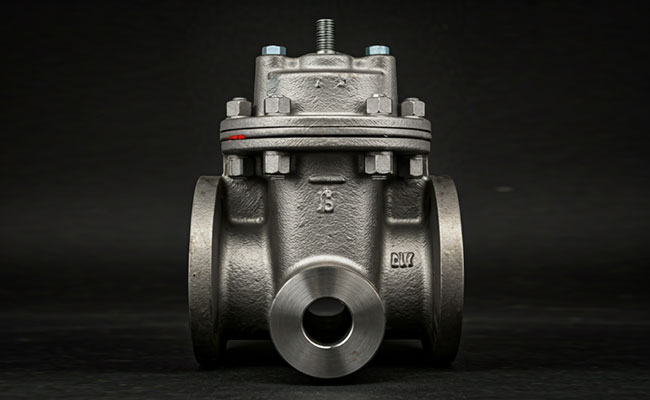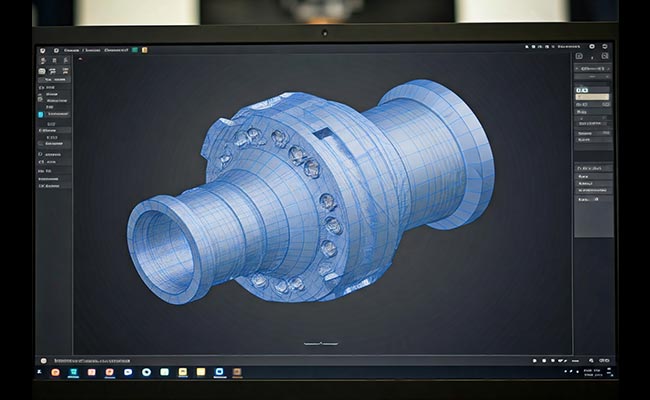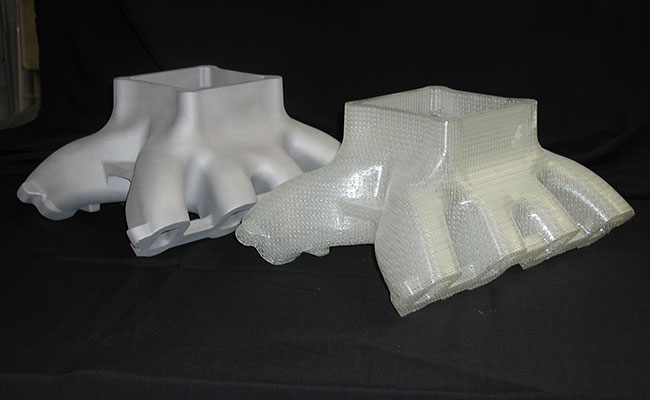
Maxwill Tube Fittings
2021-07-12
Need for Unconventional Process
2021-08-24There are many ways in which machine tools can be classified. One such classification based on production capability and application is given in the following lines.
General purpose machine tools(GPM) These tools are those designed to perform a variety of machining operations on a wide ranging type of components. By its very nature of generalization, a general purpose machine tool though capable of carrying out a variety of tasks, would not be suitable for large production, since the setting time for any given operation is large. Thus the idle time on the general purpose machine tool is more and the machine utilization is poor. Machine utilization may be termed as the percentage of actual machining (chip generating) time to the actual time available. This is much lower for general purpose machine tools. They are also termed as basic machine tools.
Skilled operators would be required to run general purpose machine tools. Hence their utility is in job shops(catering to small batch, large variety job production) where the requirement is versatility rather than production capability. Example are lathe, shaper and milling machine.
Special purpose machine tools(SPM) These are those machine tools where the setting operation for the job and tools is practically eliminated and complete automation is achieved. This greatly reduces the cycle time(the actual manufacturing time) of a component and helps in the reduction of costs. These are used for mass manufacturing. These machine tools are expensive compared to general purpose machine since they are specifically designed for the given application, and are restrictive in their application capability. Examples are camshaft grinding machine, connecting rod twin boring and piston turning lathe.
Single purpose machine tools These machine tools are those which are designed specifically for doing single operation on a class of jobs or on a single job. They have the highest amount of automation and are used for high rates of production. These machine tools are used specifically for one product only and thus have the least flexibility. However they do not require any manual intervention and are the most cost effective. Examples are transfer lines composed of unit heads for completely machining any given product.




